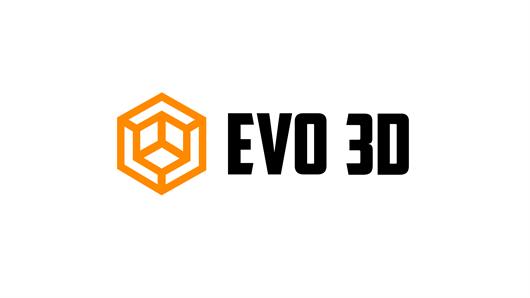 Add My Company
Add My Company
Sign In

Industry disruptors are already beginning to make use of digital and automated technologies to address some of those latent issues in construction. Building information modelling (BIM) is being adopted both by large construction firms and boutique companies to improve the quality and efficiency of numerous projects. Computer assisted design (CAD) has become an integral part of almost all building projects.
The construction industry is typically conservative, slow to adopt new technology, and lags behind other sectors in terms of productivity gains. However, it is constantly growing – and these challenges must be overcome.
Industry disruptors are already beginning to make use of digital and automated technologies to address some of those latent issues in construction. Building information modelling (BIM) is being adopted both by large construction firms and boutique companies to improve the quality and efficiency of numerous projects. Computer assisted design (CAD) has become an integral part of almost all building projects.
Further, additive manufacturing (AM) techniques including 3D printing and scanning are increasingly being used in the construction industry. This white paper discusses some of the ways construction is already making use of AM, and highlights gaps where the industry could use it more for various benefits.
AM in pre- and post-construction phases
Although not as widespread as other industries – for example manufacturing – AM is being used in construction today. However, this is largely limited to the pre- and post-construction phases of building projects.
In design, 3D-printed architectural models have been an integral part of architects’ and developers’ toolboxes for decades. These are far less labour-intensive to produce than traditional models and can be generated digitally using CAD.
Benefits include ease of communication between architects, developers and other stakeholders, even at a geographical distance. This can help to reduce redundancies between architects and external specialists such as engineers and planning managers.
In the post-construction phase, AM is often used to create bespoke decorative finishes, while 3D scanning can be used to retroactively create BIM data to enable more automation in maintenance programmes, or to support remodelling projects.
Benefits of AM in construction phase
Despite its relatively widespread adoption amongst designers, planners, architects and building managers, AM is yet to realise its full potential in the main construction phase of building projects.
This potential is well-documented in the academic literature, and much effort is being made by researchers to enable the industry to make use of the advantages AM promises. This is focussed on printing materials directly into structures, as is the case with 3D-printed concrete (3DPC).
3DPC, due to its potential for high compression strength, low cost and wide scope for design freedom, has already been used in research and concept projects. The first fully 3D-printed building was completed in Nantes, France in 2017. The project – jointly undertaken by Nantes University and Bouygues Construction – took only three days to complete, required less concrete and other materials, and emitted 75% less CO2 than traditionally constructed counterparts.
As well as concrete, metals and polymers are also being explored to 3D print structural elements of buildings. In the case of metals, AM can be used to create bespoke connecting joints for curtain walling and facade engineering. The benefits of AM in this application include a far greater degree of design freedom for architects, who no longer have to rely on standardised structural parts when mass-production of custom shapes is possible.
As well as increasing industry adoption, further research is needed for construction to realise the full benefits of AM. Insufficient standardisation and testing need to be tackled to allow architects and engineers to design and assess buildings safely. Workflow processes need to be firmly established to enable for greater adoption of AM in construction. Materials and methods still need to be developed to make AM a viable alternative to traditional methods.
Despite these challenges, the benefits of widespread adoption of AM in the main construction phase of building projects are already becoming clear to see. It can save time and reduce local disturbances by allowing buildings to be completed around the clock, and can significantly save on logistics costs (both economic and environmental) by creating products on-site.
As discussed, AM also enables far greater levels of design freedom, can help to optimise materials and energy consumed in construction (as seen in the Nantes building), and can significantly reduce labour costs by automating parts of or – eventually – entire projects.
For more information on How Can the Construction Industry Make Use of Additive Manufacturing? talk to Evo3D
Enquire Now
More Case Studies / Blogs
List your company on FindTheNeedle.
